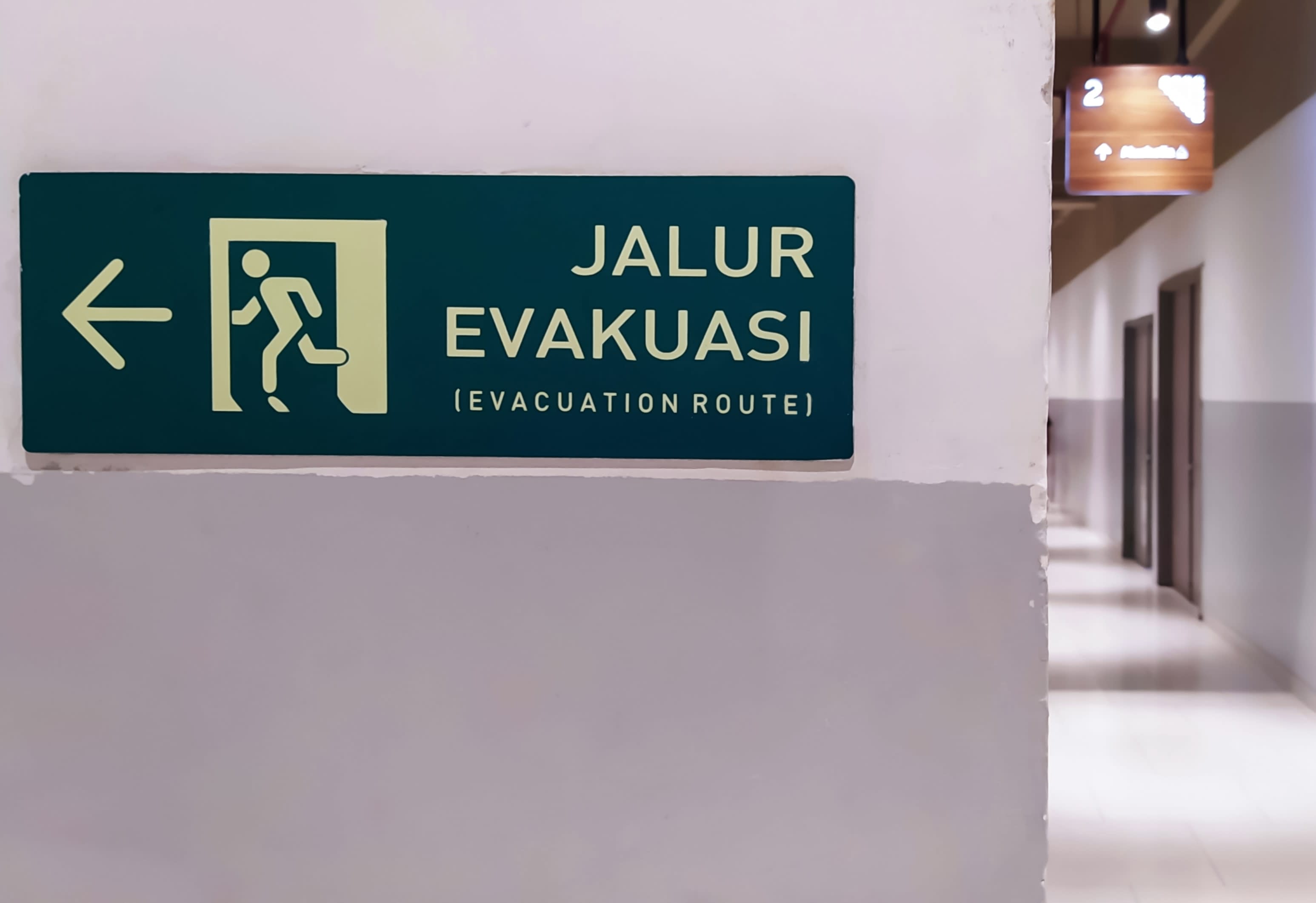Growing up in northern Indonesia, I had never experienced any natural disasters. Then, one day, at age 33, when I was visiting home from Europe for the holidays with my toddler, we became flood victims.
Juliana Sutanto
Professor, Department of Human Centred Computing, Faculty of Information Technology
It was January 2014. The bridge near our house was covered with water, disconnecting the two sides of the road.
Some houses had disappeared under the torrent. People’s belongings, pets and livestock were being swept away by the currents.
We thought we were going to be hit by a tsunami. There was chaos all around us, with people rushing to higher ground and trying to send final messages to their loved ones.
Amid the mayhem, I saw a policeman on the street and asked him about the disaster situation. Despite holding a walkie-talkie, he responded that he had no information.
We eventually made it to safety, but I later found out that 19 people had lost their lives during this incident, about 15,000 people had to be evacuated, and damage to life and property was estimated to be A$180 million.
As an information systems researcher, this harrowing experience prompted me to try to understand better how information networks work (or don’t work) during disaster situations in Indonesia.
Ground realities
In Indonesia, governmental emergency response organisations sit at different levels, starting from the national level, then provincial, then regional.
A disaster is categorised into one of those levels depending on its scale of impact, and emergency responders are deployed from a national or regional organisation level accordingly.
If the scale of the disaster is really major, or if it’s a tsunami, then intergovernmental and international disaster response organisations such as the ASEAN Coordinating Centre for Humanitarian Assistance on Disaster Management (AHA Centre) and International Federation of Red Cross and Red Crescent Societies (IFRC) are looped in as well.
In addition to the government’s emergency response teams, there are various NGOs and volunteer organisations that join forces to support a disaster response.
The current situation prioritises speed and action over the strategic use of digital communications and coordination solutions prescribed by the official disaster response organisations.
When natural disasters such as earthquakes, floods, volcano eruptions or landslides strike, the individual responders swiftly assess the situation around them, including which other responders are on the field, and use any plausible communication means, such as like WhatsApp or direct phone calls, to ensure the fast accomplishment of tasks such as evacuation, search or rescue.
When the other responders around them change, the means of communication may change quickly as well, depending on the responders.
The ground reality is disaster responders are predisposed to using communication technologies such as WhatsApp and Google Doc that are at hand, rather than those prescribed by their respective organisations.
Lack of coordination across the disaster response organisations leads to duplicate actions in, for instance, collecting data on the ground for situation awareness, and may lead to overlooked populations as each organisation assumes another organisation is responding to particular populations.
In Indonesia, a digital transformation is needed within and across various emergency response organisations.
Ideally, this should entail not only digitisation, but also reforming processes across the emergency response structures in the country.

Consequences of broken systems
The lack of a unified coordinated approach between disaster response organisations ultimately results in information scarcity for decision-making, and creates challenges for any attempt to improve future disaster responses.
Also, there’s often a lack of data on the vulnerable populations such as low-income groups, people living with disabilities, or the elderly. Consequently, these sections of the population end up losing their lives not because of the disaster itself, but due to dehydration or infections.
Repairing and rebuilding
We know the simple answer is to strengthen information networks. But this has to start with emergency response organisations at the national, provincial and regional levels in Indonesia working together to design digital forms of interactions that are readily accepted by first responders.
When disaster strikes, first responders usually gather together in a temporary organisation that exists only during the period of the disaster response, such as a crisis control centre.
In that vein, we need to build a central digital online crisis centre to gather information, optimise responses to areas or populations that need the most assistance, and create proper records so future responses can be optimised.
To be fair, a unified “centralised crisis centre” has been attempted by the UN’s Office for the Coordination of Humanitarian Affairs (UNOCHA) in Indonesia, but it’s faced challenges.
Such digital “crisis centres” are often hosted by a single disaster response organisation and are tailored to that specific organisation, which may not fit the dynamic nature and agility needed for disaster response.
A digital form for disaster response needs to be malleable, and needs to have recombinable components.

Finding solutions
My research, along with lessons from other information systems experts, has found that to create robust and adaptable digital crisis response centres, we need to have a better understanding of how first responders behave and act during a disaster situation.
We need to start with a better understanding of how responders use information and communication technologies such as their phone.







